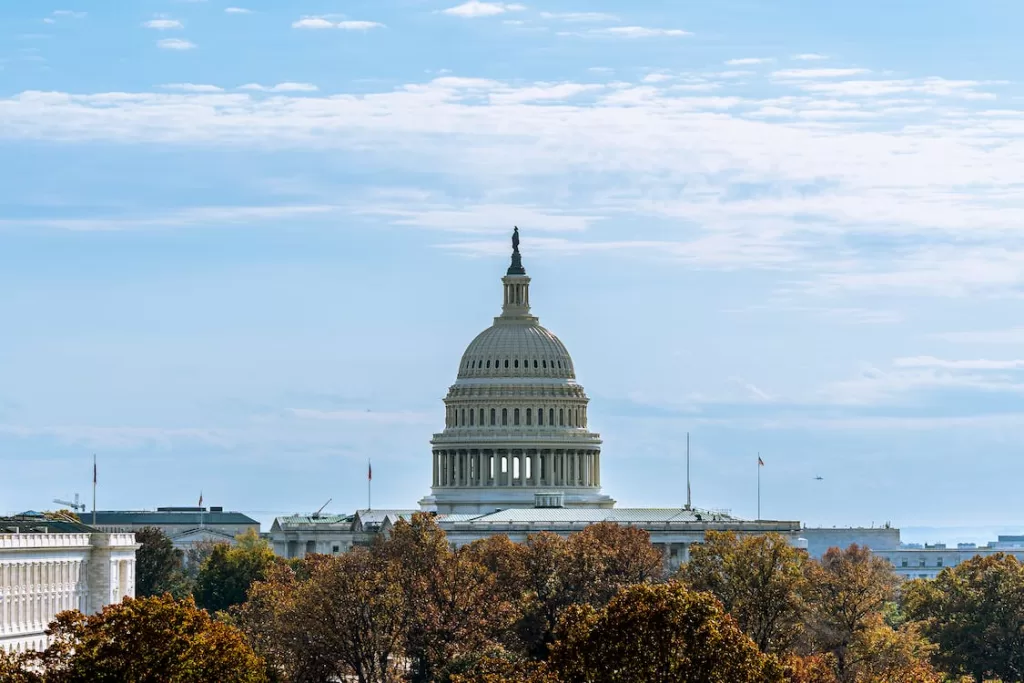
Each year, plan sponsors can expect some new legislative changes that affect their employee benefit plans and related compliance. On December 29, 2022, President Biden signed into effect the Consolidated Appropriations Act of 2023 (CAA 23) which introduced major provisions affecting employee benefit plans. Most notably, there was the extensive retirement changes included in CAA 23 under the SECURE 2.0 Act of 2022. Among some of the more noteworthy provisions of CAA 23 and SECURE 2.0 were:
- The elimination of early withdrawal penalties for distributions to employees who are terminally ill (as attested by a physician’s certifying of the illness or condition expected to result in death in 84 months or less) or, for distributions up to $22,000, to certain participants living in federally declared disaster areas;
- The provision that plans may permit participants to elect to have matching contribution (including student loan matches) or non-elective contributions be treated as after-tax Roth contributions if the contributions are fully-vested when made;
- Expansion of self-correction under IRS voluntary correction program (EPCRS) for reasonable administrative errors made in implementing automatic enrollment, automatic escalation features, or by failing to offer an election due to improper exclusions from the plan, as long as the error is corrected within 9-1/2 months of the end of the plan year in which the error occurred (applicable to an error where 9-1/2 months after the end of plan year when the error occurred is after December 31, 2023); and
- The provision allowing annual transfers from an over-funded defined benefit pension plan used to pay retiree health or life benefits to continue through the end of 2032, if the transfer is no more than 1.75% of plan assets and the plan is at least 110% funded.
2024 Legislative Changes for Employee Benefit Plans
Next year will also come with new legislative changes for benefit plans of which plan sponsors should take note. These changes include:
- Catch-up contributions to 401(k), 403(b) and governmental 457(b) plans by employees earning over $145,000 (indexed) must be made on a Roth (after-tax) basis.
- Matching contributions to the aforementioned plans may include matching contributions to employees for certain “qualified student loan payments” for higher education costs and to treat those contributions as regular matching contributions for discrimination testing purposes.
- The IRC is amended to specifically allow 403(b) plans with custodial accounts to invest in collective investment trusts. (Note: SECURE 2.0 does not address the securities law issues that may prohibit such investments in most cases).
- Two new plan designs will be available to employers who do not currently sponsor a retirement plan, including a “starter 401(k) deferral-only arrangement” and a “safe harbor 403(b) plan.” These will generally require all employees be enrolled with deferral of 3% to 15% with a limit the same as the IRA limits ($6,000 for 2022 plus catch-up of $1,000).
- Plan administrators may rely on employee self-certifications for hardship distributions from 401(k) or 403(b) plans. (Note: A similar rule applies for purposes of unforeseeable emergency distributions from governmental 457(b) plans).
- Defined contribution plans may permit domestic abuse victims to withdraw the lesser of $10,000 (indexed) or 50% of the vested account balance without penalty, with allowed repayment within 3 years.
- Changes to family attribution rules for purposes of determining ownership of a business. To the extent this results in changes to the members of a controlled group transition, relief under IRC section 410(b)(6)(c) will apply.
- Sets a new variable rate PBGC premium for underfunded single-employer plans.
- Plans may allow a penalty-free emergency withdrawal of up to $1,000 annually, with a required opportunity to repay within 3 years (limits on withdrawals if amounts not repaid or additional contributions not made within the 3-year period).
- Treasury is directed to update minimum funding regulations to apply a cap on mortality improvement rates for valuation dates occurring on or after 2024.
- Additional information is required to be included in defined benefit plan ERISA-required annual funding notices.
- Pre-death required minimum distributions are not required for Roth amounts held in an employer retirement plan (conforms to Roth IRA rules).
- Confirms qualified retirement plan rules to IRA rules to allow surviving spouses to elect to be treated as the decreased participants for required minimum distribution rules.
- Defined contribution plans permitted to include a short-term emergency savings account (maximum of $2,500 indexed after 2024 or a lesser amount established by the plan sponsor with no minimum contribution or balance requirements) that may include auto-enrollment up to 3% that allows distributions at least once a month for non-highly compensated employees. Such accounts would be funded with Roth (after-tax) contribution and must be eligible for any matching contribution under the plan.
- Beneficiaries of IRC section 529 qualified tuition accounts in existence for over 15 years may rollover certain amounts to Roth IRAs.
- Mandatory cash-out limit increased from $5,000 to $7,000.
- Discretionary plan amendments to increase benefits (other than matching contributions) may be made until the employer’s tax filing deadline (including extensions) for the immediately preceding taxable year in which the amendment is effective.
To ensure compliance, plan sponsors should consult with their third-party administrator or benefit consultant.








